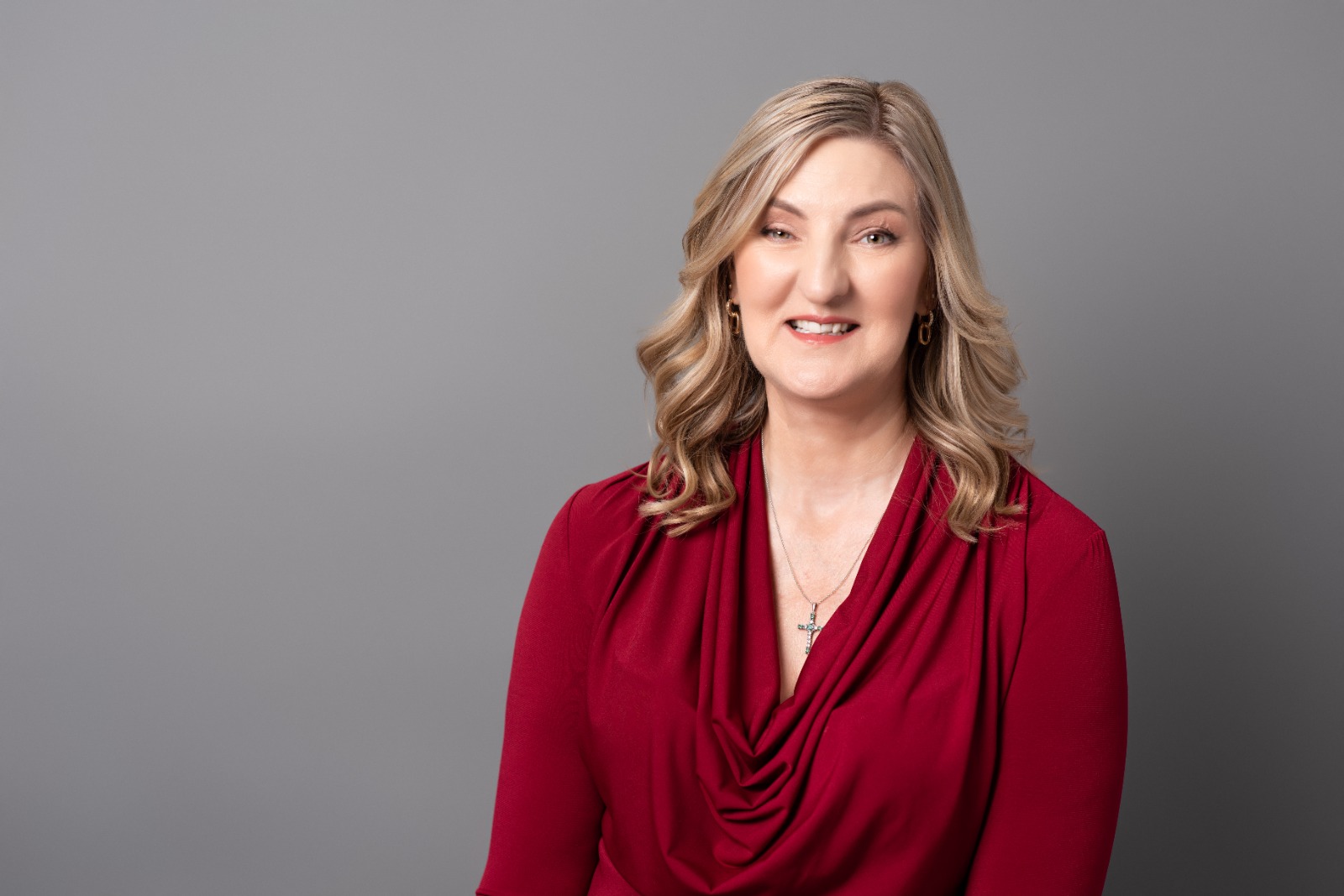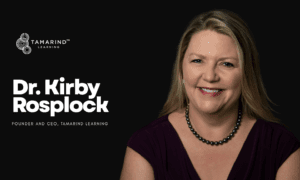The financial services industry is on the cusp of a historic generational shift — one so monumental it has been dubbed the Great Wealth Transfer. At the center of this evolution stands a new wave of investors with priorities, values, and expectations that, in many ways, are different from their parents and grandparents. And as this capital shift accelerates, family offices — rather than traditional banks or investment firms — may prove best positioned to navigate the changing landscape.
What Is the Great Wealth Transfer
According to industry analysts, baby boomers are now retiring and preparing to pass down an estimated $90 trillion in cash, investments, real estate, and other assets to their heirs. To put that in perspective, this figure is more than twice the current U.S. nationa
l debt — a staggering movement of capital that will reshape wealth management for decades.
“This isn’t news,” explains Susan Lindeque, founder of Avestix, in a recent interview with WealthManagement.com. “Banks and brokerages have been preparing for this shift for years. The institutions that can successfully help co-manage that unprecedented wealth — in ways that align with modern values — will be the most successful.”

Why Family Offices Are Stepping into the Spotlight
Although all financial institutions are vying for a slice of this wealth migration, it’s family offices that are gaining momentum. These boutique firms, which traditionally serve ultra-high-net-worth families, are emerging as the preferred choice for many of the next-gen investors.
“The wealthiest 10 percent of households are set to benefit the most from this transfer,” says Lindeque. “It makes sense that family offices, which already serve these clients, will be at the forefront in managing post-boomer assets.”
Unlike legacy institutions encumbered by bureaucracy and slow-moving processes, family offices tend to be agile, tech-savvy, and more adaptable to the evolving priorities of younger generations.
Meeting the Expectations of the New Investor Class
The shift isn’t just about where the money is going — it’s also about how that money is being invested. Younger generations — including Gen X, Millennials, Gen Y, and even Gen Alpha — are prioritizing impact investing, technological innovation, and values-based portfolio strategies.
“New investors want to invest with purpose,” Lindeque explains. “They’re less interested in legacy models and more focused on the long-term social, environmental, and technological impact of their portfolios.”
Family offices have responded to this demand. A growing percentage of their investment portfolios now include ESG (Environmental, Social, Governance) and impact-aligned assets. “It’s no accident that in recent years, impact investing has accounted for a growing allocation of family office investment portfolios,” she adds.
A Technological Advantage
Many younger investors also view technology — including artificial intelligence, blockchain, and decentralized finance — as critical to future growth. Where baby boomers may view these tools with skepticism, their children and grandchildren see them as essential.
“Family offices are doing something right by embracing alternative investments and cutting-edge technology,” says Lindeque. “Nearly 44 percent of them are already investing in crypto, blockchain projects, or venture capital funds that support tech-driven startups.”
These investment trends reflect the values of digital-native investors who grew up with evolving tech and expect financial partners to be equally progressive.
Where Family Offices Still Have Room to Grow
Despite their strengths, Lindeque says there’s still room for improvement within the family office sector. Two key areas she identifies are cybersecurity and diversity in leadership.
“Independent research found that many family offices could benefit by placing a greater emphasis on cybersecurity,” she notes. “It’s a critical gap, especially given the increasing sophistication of digital threats.”
Diversity is also becoming a key driver of credibility and trust among younger investors. Encouragingly, 29 percent of family offices now report having women in leadership roles — a trend Lindeque sees as both necessary and evolving.
“Today’s investors expect diversity not just in asset allocation, but in thought leadership too,” she says.
Building Communities, Not Just Portfolios
One of the most transformative aspects of the post-Boomer wealth era is a desire for collaboration and community. Investors are looking for shared learning environments and collective intelligence to help inform smarter, more intentional decision-making.
“At Avestix, we work to bring together a community of founders, funders, innovators, and advisors,” she explains. “There’s a growing need for collaboration, transparency, and shared knowledge in the financial ecosystem.”
Action Steps for Advisors and Accredited Investors
For financial advisors and accredited investors, the Great Wealth Transfer represents both a challenge and an opportunity. According to Lindeque, nearly half of millionaires believe their investment strategy could be improved — and 60 percent still prefer to work with a professional advisor.
“That tells us there’s room to grow and a real appetite for trusted guidance,” she says. “This is the moment to evolve services, rethink traditional strategies, and meet clients where they are — not where they were 20 years ago.”
The Future of Wealth Management Starts Now
As $90 trillion in wealth changes hands, the very foundation of wealth management is being redefined. Family offices, with their flexibility, forward-thinking approach, and personalized service models, are rising as the go-to partners for a new generation of investors.
“This moment isn’t just about money — it’s about redefining what wealth means in today’s world,” concludes Lindeque. “The firms that recognize this — and adapt accordingly — will be the ones who lead the future.”































